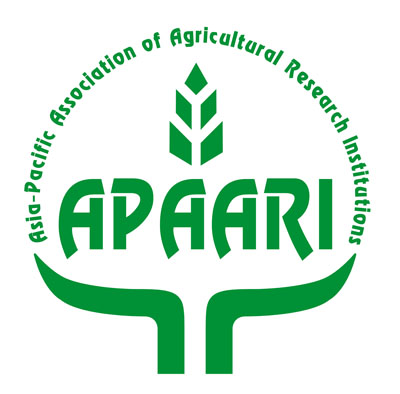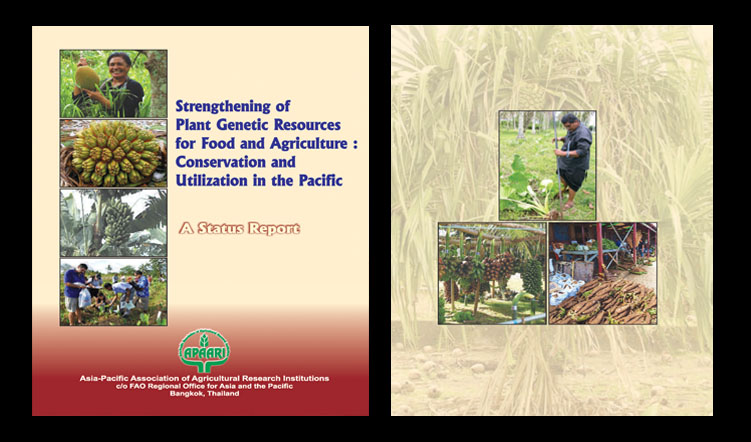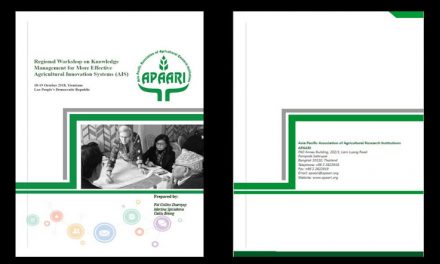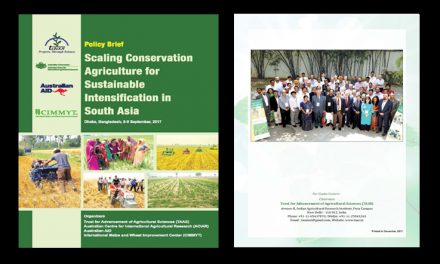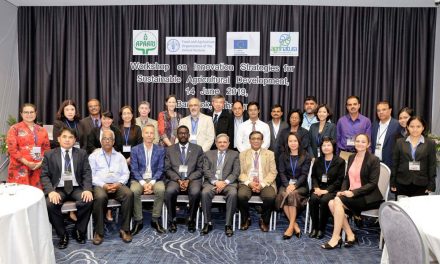The pacific region is geographically, ecologically, socioeconomically diverse and faces numerous challenges towards maintaining and improving the productivity from agriculture sector and protecting its biological diversity. The geographical isolation of the region and small size of many of the islands have resulted in a narrow genetic and production base. Somehow, agricultural productivity has not kept pace with the population growth. Hence, dependence on imported food due to limited agricultural production is in fact one of the major threats facing the region.
The Pacific region is the center of diversity for a number of crops. The roots and tuber crops are of particular importance from the point of view of food and nutrition security, income generation and cultural diversity. In order to save the valuable genetic diversity from possible extinction, all countries in the region are engaged in plant genetic resources activities to varying degrees and a number of externally funded projects are being implemented on various aspects of collecting, characterization, evaluation, documentation, conservation and utilization. The regional PGR strategy is in place and the regional collections of important crops, with funding support from the Global Crop Diversity Trust (GCDT), is in progress for conservation, exchange and utilization. The Regional Germplasm Center (RGC), which later became the Center for Pacific Crops and Trees (Ce Pa CT) has the responsibility to safely conserve the plant genetic resources for food and agriculture (PGRFA) and to facilitate access to useful diversity both within and outside the region. The regional network “Pacific Plant Genetic Resources Network (PAPGREN)” has made significant impact towards strengthening PGR activities in the region.
This publication entitled “Strengthening of Plant Genetic Resources for Food and Agriculture: Conservation and Utilization in the Pacific” describes the historical perspective, extent of genetic diversity of major crops, the institutions involved, genebank ldings, crop improvement, utilization of genetic resources, training and capacity building and public awareness. It also highlights the regional efforts for PGR conservation and use, the current issues and the way forward for agricultural research for development. It is our expectation that APAARI members, stakeholders and other readers will find this publication both informative and useful.
